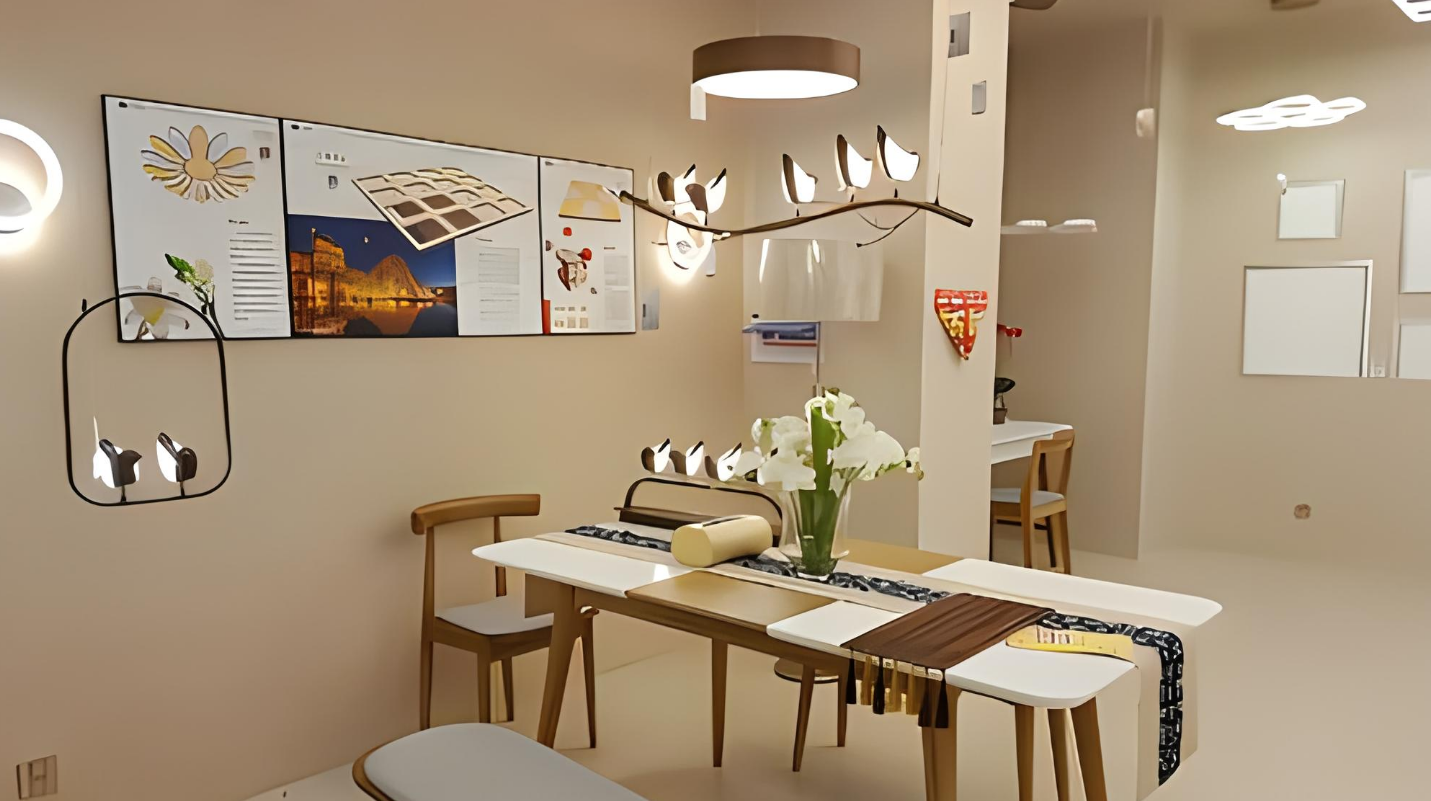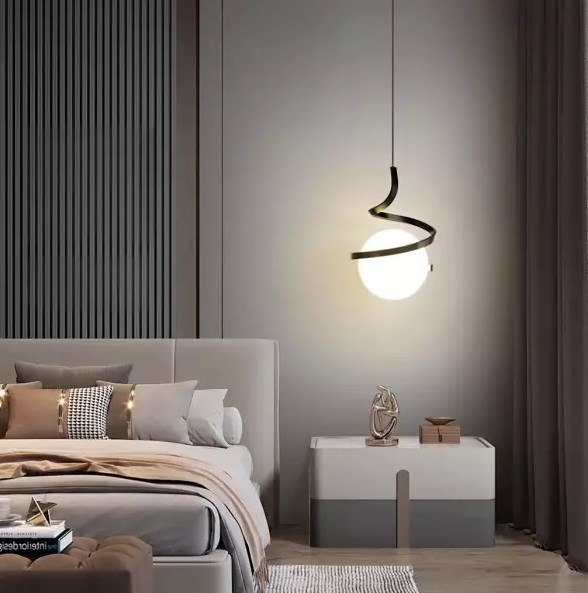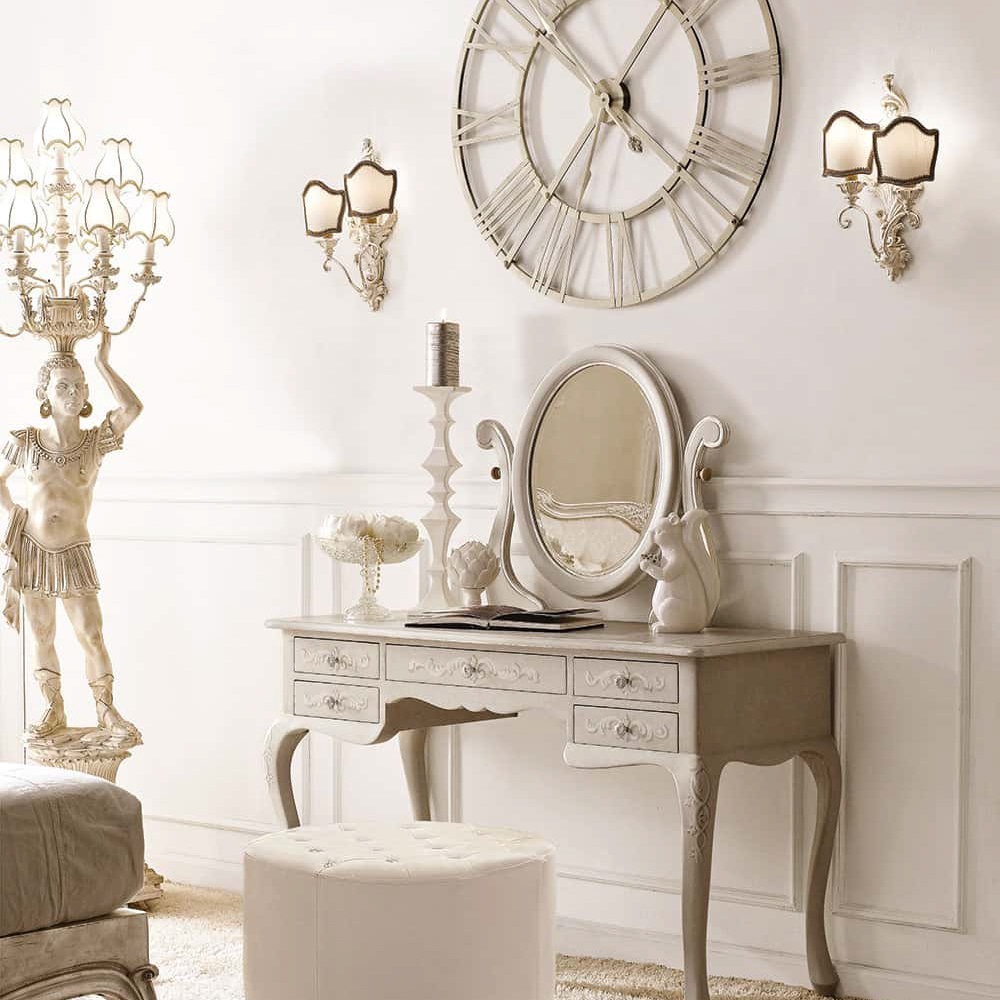Decorative lamps play a crucial role in shaping the atmosphere and visual appeal of interior spaces. These fixtures serve dual purposes: providing necessary illumination and contributing to the room’s decor. The selection of an appropriate decorative lamp can significantly enhance a room’s warmth, character, and individuality, regardless of whether it’s placed in a living area, bedroom, or workspace.
The chosen lamp style can influence perceptions of room size and complement or contrast with existing color schemes and design elements. Decorative lamps are available in a wide range of styles, catering to diverse preferences from contemporary minimalism to traditional ornamentation. Beyond their aesthetic contributions, decorative lamps also impact a space’s functionality.
Strategically positioned lamps Bonisis can create specific areas within a room, such as a floor lamp designating a reading area or a prominent table lamp serving as a focal point on furniture surfaces. Effective lighting placement can accentuate particular room features, including artwork, architectural elements, or furnishings. Through thoughtful selection and arrangement of decorative lamps, it is possible to significantly alter a space’s ambiance, enhancing its appeal, comfort, and visual interest.
Choosing the Right Decorative Lamp for Your Home
Matching the Lamp to Your Room’s Style
Consider the style and decor of the room where the lamp will be placed. If you have a modern, minimalist interior, opt for a sleek, contemporary lamp with clean lines and a neutral color palette. On the other hand, if your space has a more traditional or eclectic style, prefer a decorative lamp with ornate details, bold colors, or unique textures.
Defining the Lamp’s Function
Think about the function of the lamp. Will it be used for ambient lighting, task lighting, or accent lighting? For example, if you need a lamp for reading or working at a desk, choose one with a focused light source and adjustable height or angle. If you’re looking to create a cozy atmosphere in a living room or bedroom, consider a lamp with a soft, diffused light that can be dimmed for added versatility.
Considering Size and Scale
Consider the size and scale of the lamp in relation to the furniture and overall layout of the room. A large, statement lamp can make a bold impact in a spacious area, while a smaller lamp can add a touch of charm to a more intimate setting.
How to Use Decorative Lamps to Create Ambiance
Decorative lamps are an essential tool for creating ambiance in any space. By strategically placing and using different types of lamps, you can control the mood and atmosphere of a room to suit your needs and preferences. One effective way to use decorative lamps to create ambiance is by layering different types of lighting.
This can include combining overhead lighting with table lamps, floor lamps, and wall sconces to provide both general illumination and targeted accent lighting. By using multiple light sources, you can create depth and dimension in a room, as well as highlight specific areas or features. Another way to use decorative lamps to create ambiance is by incorporating dimmer switches or smart bulbs that allow you to adjust the brightness and color temperature of the light.
This level of control enables you to tailor the lighting to different activities and times of day, whether it’s bright and energizing during the day or soft and relaxing in the evening. Additionally, consider the color and material of the lampshade, as this can affect the quality and tone of the light it emits. A translucent or fabric shade will diffuse the light for a softer, more atmospheric effect, while a metal or glass shade may create sharper contrasts and patterns.
Incorporating Decorative Lamps into Your Interior Design
When incorporating decorative lamps into your interior design, it’s important to consider how they will interact with other elements in the space. The style, shape, and material of the lamp should complement the furniture, decor, and architectural features in the room. For example, if you have a contemporary sofa with clean lines and metal accents, you might choose a sleek floor lamp with a similar aesthetic.
On the other hand, if your space features vintage or rustic elements, you could opt for a decorative lamp with distressed finishes or natural materials like wood or ceramic. In addition to coordinating with the existing design elements, decorative lamps can also be used to add visual interest and balance to a room. For instance, if you have a symmetrical arrangement of furniture or decor, consider adding an asymmetrical or sculptural lamp to create contrast and intrigue.
Similarly, if your space has predominantly straight lines and angular shapes, introducing a curvilinear or organic-shaped lamp can soften the overall look and introduce a sense of movement. By carefully considering how decorative lamps interact with other design elements, you can create a cohesive and harmonious interior that reflects your personal style.
The Latest Trends in Decorative Lamps
The world of decorative lamps is constantly evolving, with new trends emerging that reflect changes in technology, design aesthetics, and consumer preferences. One current trend in decorative lighting is the use of sustainable materials and energy-efficient technology. Many designers and manufacturers are incorporating eco-friendly materials like bamboo, cork, and recycled glass into their lamp designs, as well as integrating LED lighting for its long lifespan and low energy consumption.
This focus on sustainability not only aligns with growing environmental awareness but also offers consumers stylish and practical options for their homes. Another trend in decorative lamps is the resurgence of vintage and retro-inspired designs. Mid-century modern styles are particularly popular, with their iconic silhouettes, bold colors, and playful details making a strong comeback in contemporary interiors.
Whether it’s a classic tripod floor lamp, a funky geometric table lamp, or a statement pendant light inspired by 1960s design, vintage-inspired lamps add character and nostalgia to modern spaces. Additionally, there is a growing interest in customizable and modular lighting systems that allow users to create unique configurations and adapt their lighting to different needs and spaces.
DIY Ideas for Customizing Your Decorative Lamps
Update Your Lampshade with Fabric or Paint
For those who enjoy getting creative and adding a personal touch to their decor, there are plenty of DIY ideas for customizing decorative lamps. One simple way to personalize a lamp is by updating its shade with fabric or paint. You can choose a fabric that complements your existing decor or adds a pop of color and pattern to the room.
Get Creative with Paint and Markers
Alternatively, you can use paint or markers to create custom designs on a plain lampshade, such as geometric patterns, botanical motifs, or abstract art. This allows you to tailor the lamp to your style and experiment with different looks without investing in a new fixture.
Think Outside the Box with Unconventional Materials
Another DIY idea for customizing decorative lamps is to create your own base or stand using unconventional materials. For example, you could repurpose an old vase or jug as a base for a table lamp, or use driftwood or branches to craft a unique floor lamp stand. This not only adds an element of upcycling and sustainability to your decor but also gives you the opportunity to showcase your creativity and craftsmanship.
Add Embellishments for Extra Personality
Additionally, consider adding embellishments like beads, tassels, or fringe to the lamp base or cord for an extra touch of personality and texture.
Tips for Maintaining and Cleaning Decorative Lamps
To keep your decorative lamps looking their best and functioning properly, it’s important to follow some basic maintenance and cleaning tips. Regular dusting is essential for keeping lampshades and bases free from dirt and debris that can dull their appearance over time. Use a soft brush or cloth to gently remove dust from fabric shades, while a microfiber cloth or duster works well for metal or glass bases.
For more thorough cleaning, you can remove fabric shades and hand wash them with mild detergent or use glass cleaner on glass or metal surfaces. In addition to dusting and cleaning the visible parts of the lamp, it’s important to periodically check and maintain the electrical components for safety and performance. Inspect cords for any signs of wear or damage, and replace them if necessary to prevent potential hazards.
Similarly, check that bulbs are securely screwed in and functioning properly, and replace them when they burn out to avoid strain on the electrical system. Finally, consider having your decorative lamps professionally serviced if they have intricate mechanisms or delicate materials that require specialized care. In conclusion, decorative lamps play a crucial role in shaping the ambiance and visual appeal of any space.
By choosing the right style and type of lamp for your home, strategically placing them to create ambiance, incorporating them into your interior design scheme, staying updated on current trends in decorative lighting, customizing them through DIY projects, and maintaining them properly through regular cleaning and maintenance routines will ensure that your decorative lamps continue to enhance your living environment for years to come.





